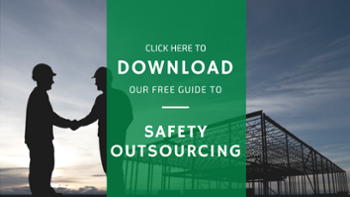 Reducing Injuries: New Employees Are Vulnerable
Reducing Injuries: New Employees Are Vulnerable
Statistics consistently reveal that new employees are much more likely to become injured on the job within the first year of employment compared to more experienced employees. Many factors including lack of experience and lack of understanding of safety procedures contribute to the frequency of on the job injuries. If a company wants to instill the best of safety practices then the time to act is when an employee is just starting on the job. This is the time when the new employee learns about the company’s safety and health programs, emergency action plans, fire protection policy and job-related issues. Employers should always strive to ensure that new workers are getting the training and supervision they need to stay safe on the job.
Here are 5 tips for reducing injuries among new employees:
- Preplacement Medical Evaluations—for physically demanding positions these evaluations ensure that new employees are physically capable of performing their assignments. Physicians provide prescreening exams to identify preexisting conditions or injuries that may hinder the employee’s performance.
- Work Modifiers—when new employees have restrictions, employers can set up modifications to ease the employees into a workload. Some employees can assume a normal workload quickly while others may need more time, in order to ensure both the employee and employer’s commitment to safety these special modifications should be outlined in a signed agreement and should include reporting that tracks changes and allows for adjustments accordingly.
- Orientation—this is the first impression the company gives to new hires and it should therefore make all company policies and safety expectations perfectly clear and employees should be tested for comprehension.
- Mentorship—these programs allow employers to select employees whose behaviors they would like to see modeled and are an excellent way to boost teamwork, form long-lasting relationships and mold new hires into seasoned professionals.
- Behavior Based Safety—these programs encourage blame-free feedback, promote improved safety awareness, are successful at identifying at risk behaviors and reinforce safe behaviors in the workplace for both new and veteran employees to create a unified safety culture.
SafetyPro Resources can help you reduce injuries for new employees and long term employees;

















